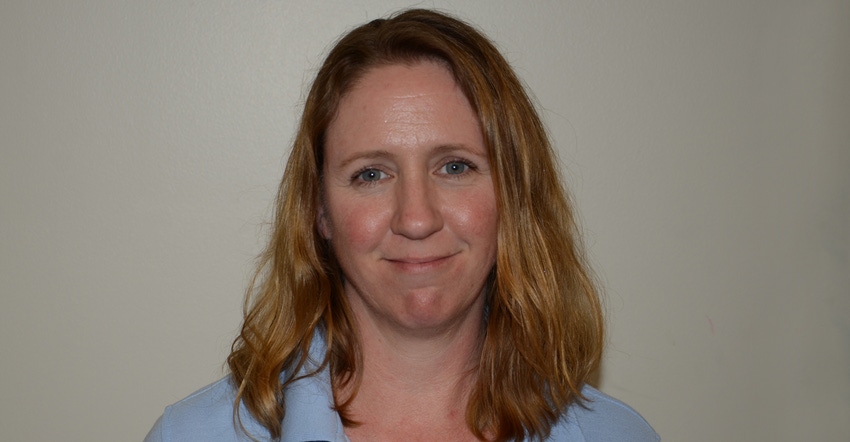
The task facing Sarah Longenecker each day is unique. She must address two distinct audiences, trying to accomplish the same goal with each one. Her mission is to improve soil health and water quality while reducing soil erosion and runoff both in rural and urban areas of a county that has two distinct kinds of landscape.
Longenecker is the county conservationist with the St. Joseph County Soil and Water Conservation District in Indiana. It’s a county with a large metropolitan area around South Bend, but with rural farming areas in outlying parts of the county. “My focus with producers is to promote soil health practices,” she says. “When I’m working with urban residents, we talk about managing stormwater, in many cases.
“The goal is really the same in both cases. We are trying to meet goals for reducing soil erosion and improving water quality. Promoting soil health and educating people on ways to reduce water runoff in urban areas are important parts of what we do.”
Soil health
St. Joseph County partners with Marshall and Starke County, Ind., on some programs aimed at reaching producers, Longenecker explains. The three counties joined forces on programs related to cover crop education and dicamba training earlier this year.
“We’ve had cost-share grant money available to help producers try cover crops, and we’re applying for another Clean Water Indiana grant to continue that effort,” she notes. “Cover crops are becoming more widely accepted in parts of our rural areas.”
However, there are still areas where growers and landowners have been slower to adopt cover crops, she observes. Not everyone has a good experience the first time they try seeding cover crops. Longenecker and the SWCD focus on working with key farmers in areas that don’t have as many cover crop acres to date — hoping that if those growers have success, others will follow their lead and try cover crops. Cost-share money can be an important incentive in convincing first-time growers to invest in cover crops.
“Where cover crops have caught on, people are seeing differences in how water moves into the soil, and they’re finding more earthworms,” Longenecker says. “They’re learning about the system.
“It’s a long-term practice. You can’t always expect to see dramatic changes and improvements overnight.”
Rain gardens
Reaching the urban audience sometimes requires different tactics, Longenecker notes. “It takes a lot of outreach and educational programming,” she says. “We promote the value of native forbs and try to get as many pollinator plants established in those areas as we can. We also talk a lot about water quality.”
One practice that has caught on is helping homeowners establish rain gardens. Size and scope depend upon the size of the property and how large the watershed is that feeds in to the rain garden, Longenecker explains.
“We’re trying to help people learn that plants can help the soil and help get water into the soil,” she continues. “Our goal is to help more people understand that if we can get water to infiltrate into the soil during or after a rain, that water can recharge the soil. It also doesn’t run off parking lots and other urban areas and add to flooding issues.”
About the Author(s)
You May Also Like




